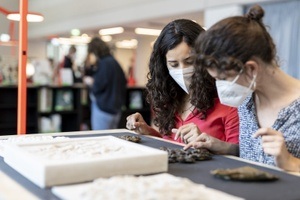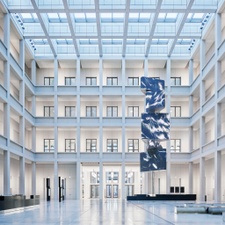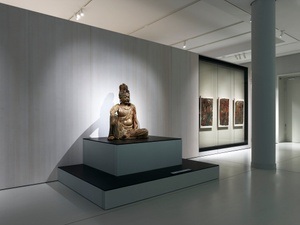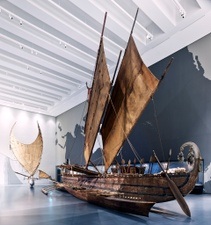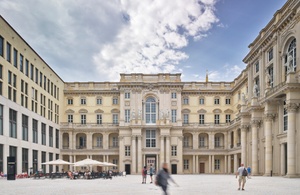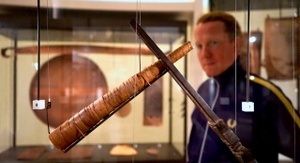
Materielle Zeugnisse der Zwangsarbeit
In the organizer's words:
At the end of the exhibitions "Glass" and "Forgotten Liberation", experts will discuss how to deal with the material legacy of Nazi forced labor.
Berlin is full of traces of forced labor: from preserved accommodation barracks and old factory sites to archaeological remains in the ground. Many of these sites are still unknown and the relics of forced labor are often invisible. A new cooperation project between the Documentation Center and the State Monuments Office is systematically recording the barrack camps that were built during the Second World War.
The finissage brings together research, monument protection and the artistic perspective: What do the material testimonies tell us about the past? And how can we deal with them in the present?
Welcome:
Dr. Christine Glauning
Director of the Documentation Center for Nazi Forced Labour
Panel:
Sonya Schönberger
Artist, installation "Glass" (2025)
Dr. Christoph Rauhut
State Conservator, Director of the State Monuments Office
Dr. Gonzalo Compañy
Archaeologist, Documentation Center for Nazi Forced Labor
Moderation:
Dr. Roland Borchers
Documentation Center NS-Forced Labor
At 6 p.m. there will be a curator's tour of the exhibition "Forgotten Liberation. Forced laborers in Berlin 1945" will take place.
Location
Organizer | Miscellaneous

You might enjoy this as well?






